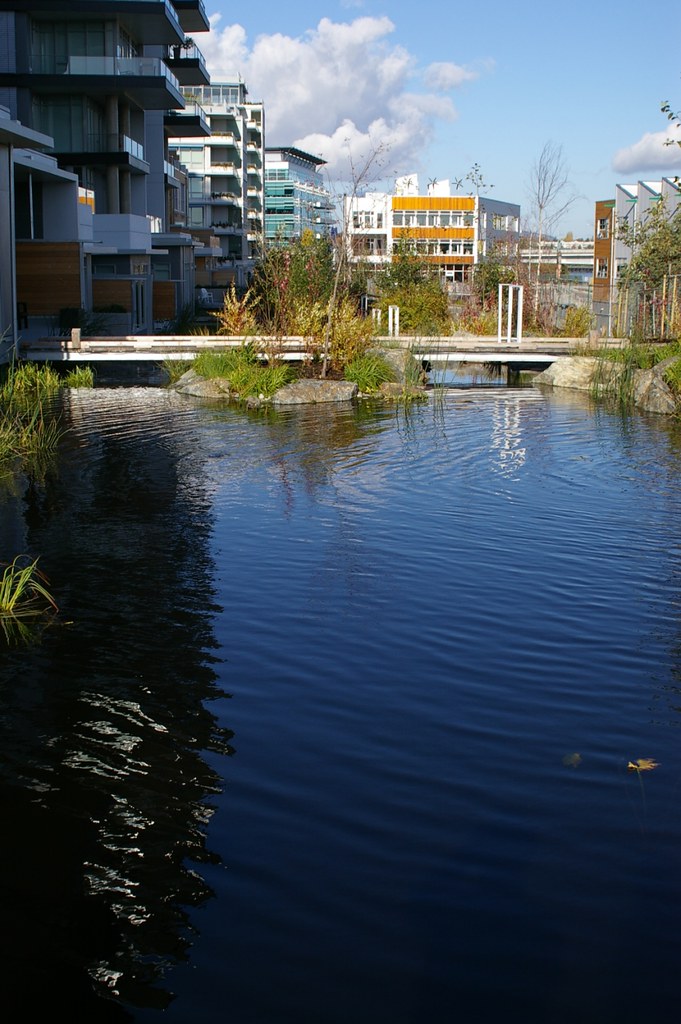By Mercedes Quintanilla.
This pattern allows the feeling of being in a unique, fresh, interesting and energizing place; it has an effect on the spatial environment that improves our vision.
The use of this pattern shows a positive impact on heart rate and nervous system activity, but it is the relationship between ocular stress and focal relaxation patterns that is the most important reason for incorporating this sensory input.
Some of the common characteristics of this pattern are:
1. Sounds of nature.
2. Shadows or points of light that change with movement or time.
3. Water reflections.
4. Kinetic elements.

The goal is to promote the use of natural sensory stimuli that unobtrusively attract attention, allowing people’s ability to focus on tasks to recover from mental fatigue and physiological stress (Browning, 2014).
These are some of the considerations to take into account to create non-rhythmic sensory stimuli:
• Non-rhythmic sensory experiences should occur approximately every twenty minutes for about twenty seconds from a distance of more than 20 feet (The 20x20x20 Rule).
• Many stimuli in nature are temporary.
• The intervention can be similar to the pattern of visual or non-visual connection with nature.
• A non-rhythmic stimuli strategy can be woven into almost any landscape or horticultural planning.
• People perceive movement on the periphery faster than in front.
The goal is to promote the use of natural sensory stimuli that unobtrusively attract attention, allowing people’s ability to focus on tasks to recover from mental fatigue and physiological stress (Browning, 2014).
References.
✓ Interior Architects. (s.f.). Did you know there are 14 patterns of biophilic design? Retrieved June 28, 2021, from https://interiorarchitects.com/did-you-know-there-are-14-phases-of-biophilic-design/
✓ Interface. (2020, January 15). 14 Patterns of Biophilic Design: Non Rhythmic Sensory Stimili. interface.com. https://blog.interface.com/non-rhythmic-sensory-stimuli-biophilic-design/
Photo: International Sustainable Solution/Dockside Green- Flickr
3
✓ Browning, W.D., Ryan, C.O., Clancy, J.O. (2017). 14 Patterns of Biophilic Design (Liana Penabad-Camacho, trans.) New York: Terrapin Bright Green, LLC. (Original work published in 2014).
Read the Comments +